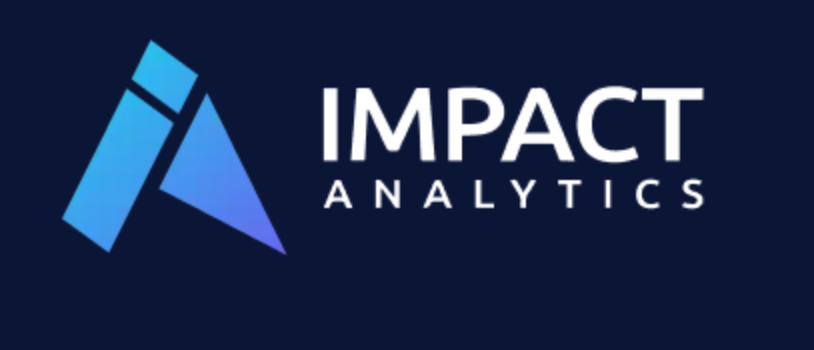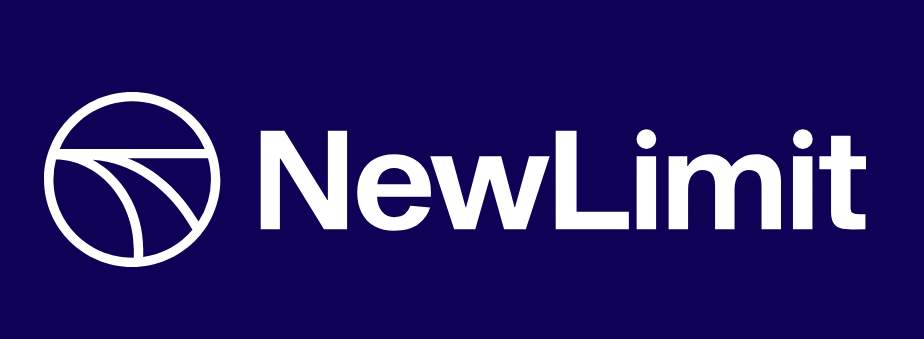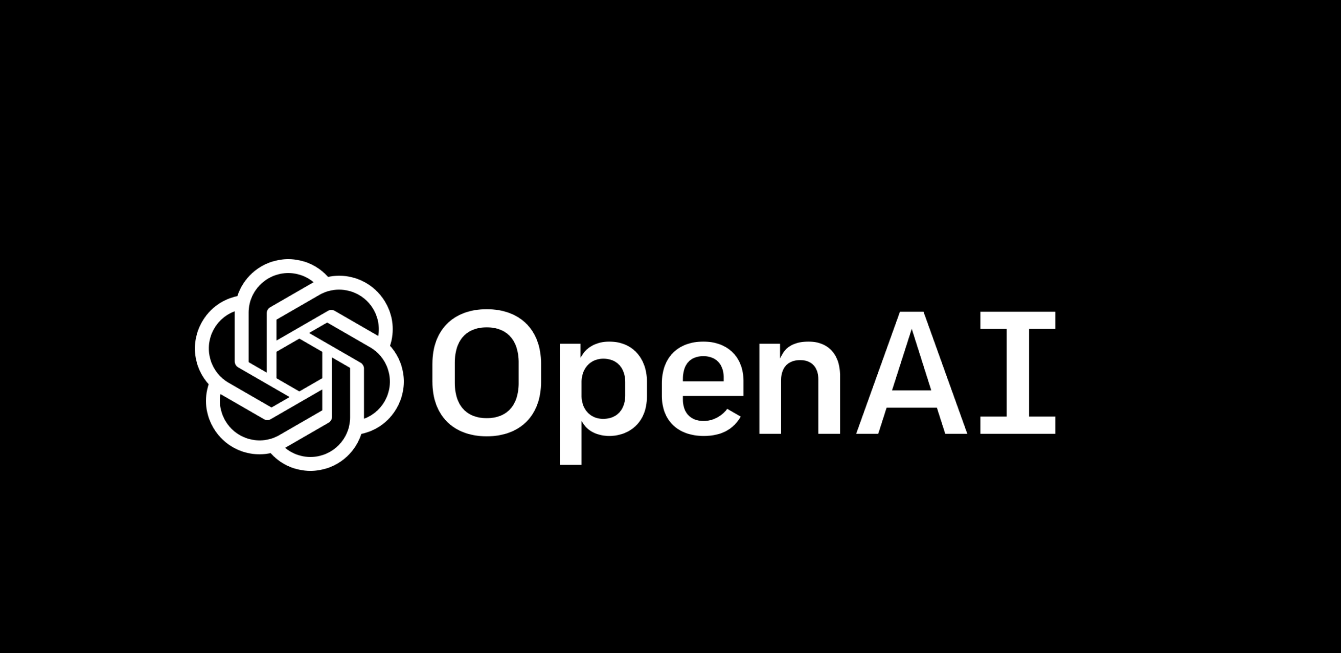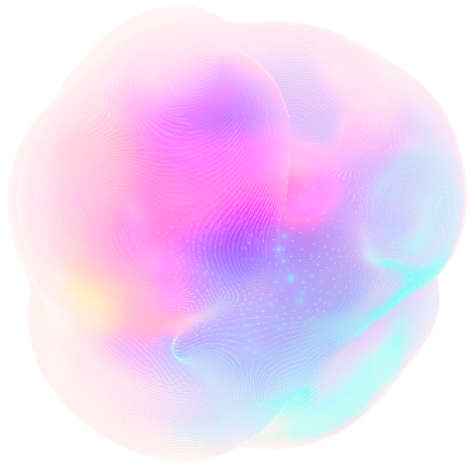Insider Brief
- Researchers propose a novel AI framework combining focal graphs and large language models (LLMs) to streamline drug discovery by navigating vast, noisy biomedical datasets.
- The focal graph uses centrality algorithms to identify key connections, enabling scalable, transparent analysis that produces clear, data-driven hypotheses.
- Early results not only demonstrate the system’s potential to identify drug targets and refine hypotheses autonomously, but also opens up possibilities for use in other fields and disciplines.
A new artificial intelligence (AI) framework may change the future of drug discovery by offering a scalable and transparent approach to sifting through the vast and complex biomedical datasets typical in modern pharmaceutical research, a Plex Research-led research team reported in the pre-print server bioRxiv. The advance could also one day be used by scientists in other data-intense fields.
The researchers report that a “focal graph” is at the heart of the framework. The focal graph uses centrality algorithms — a type of algorithm that finds key connections in complex data — to comb through vast, noisy datasets to form clear, data-driven hypotheses. Combined with large language models (LLMs), it enables highly autonomous and scalable analysis for tackling complex scientific challenges.
The framework also enables automated workflows capable of identifying drug targets, refining hypotheses and generating actionable insights.
At its core, the framework addresses one of the biggest challenges in modern biomedical science: how to effectively navigate and utilize the immense and noisy datasets that have become the norm in research. Early results show the system’s potential to dramatically accelerate drug discovery and reduce its costs, while providing a transparent, data-driven foundation for regulatory and scientific scrutiny.
The team writes in a social media post: “We’ve truly moved beyond theory and built usable, autonomous drug discovery workflows capable of producing novel discoveries in a fully transparent fashion. Here we demonstrate a functional prototype that autonomously plans and executes the first step of a target discovery campaign. We describe a preliminary run which identified potentially novel oncology targets in the Wnt pathway, while providing the research methods and specific data points that support them.”
The Problem: Big Data Overload in Drug Discovery
Drug discovery is increasingly hindered by what researchers call “Eroom’s Law,” an observation that despite advances in technology, drug development has become slower and more expensive. This paradox is partly due to the explosion of biomedical data, which, while rich with potential insights, overwhelms traditional methods of analysis.
For example, high-throughput screening, multi-omics studies, and chemical biology research generate terabytes of information. Sifting through these datasets to identify meaningful connections—such as a drug’s potential mechanism of action or therapeutic target—is labor-intensive and error-prone. AI-driven solutions have shown promise, but many existing models operate as “black boxes,” making their predictions difficult to verify or trace back to specific data sources.
The Solution: Focal Graphs and LLMs
The focal graph is a type of knowledge graph optimized for interpretability and scalability. Traditional knowledge graphs represent relationships between entities — such as genes, pathways, or compounds — but become unwieldy as their size grows. Focal graphs address this limitation by employing centrality algorithms like PageRank to prioritize highly connected subregions of the graph. According to the paper, this allows researchers to zoom in on the most relevant parts of a dataset, filtering noise and highlighting actionable insights.
The focal graph, though, enlists the help of some impressive collaborators. Large language models (LLMs) such as Anthropic’s Claude or OpenAI’s GPT-4, are integrated into the system to act as both strategists and interpreters. These models autonomously plan and execute searches within focal graphs, iteratively refining their approach based on previous findings. This combination enables a continuous discovery loop where new insights inform subsequent queries, creating a scalable, efficient research process.
Small-Scale Applications with Big Results
In one demonstration mentioned in the paper, the system analyzed a set of 23 compounds with antimalarial activity but unknown mechanisms of action. Using focal graphs, the framework identified two highly ranked targets: poly(ADP-ribose) polymerase 1 (PARP1) and dihydroorotate dehydrogenase (DHODH). The LLM added context, connecting DHODH to prior studies on antimalarial drugs, including DSM265, a compound that reached phase II clinical trials. The combined analysis suggested DHODH as the most plausible target, offering a concrete direction for further research.
Another application used focal graphs to analyze compounds with similar cellular profiles to the cancer drug vorinostat. The system identified histone deacetylases (HDACs) as the likely targets for these compounds, supported by multiple independent lines of evidence, including direct binding data and structural similarities. This capability to integrate diverse datasets — from chemical structures to biological activity — demonstrates the system’s versatility.
Implications for Drug Discovery
The transparency of focal graphs is a major advantage in drug discovery, where the ability to trace findings back to raw data is essential for scientific and regulatory validation. Unlike machine learning models that often provide predictions without clear explanations, focal graphs highlight the specific relationships and data points supporting each conclusion.
Moreover, the framework’s scalability means it can process datasets that would overwhelm human researchers or traditional computational methods. For example, researchers could use the system to identify new biomarkers for precision medicine by analyzing patient data across multiple modalities, such as genomics, proteomics, and transcriptomics.
Limitations and Challenges
The paper also acknowledges limitations — and future research directions. The accuracy of its outputs depends on the quality and diversity of the underlying data. Biases inherent in biomedical datasets could skew results, and the framework may struggle with entirely novel questions that lack sufficient prior data.
The system’s reliance on centrality algorithms like PageRank assumes that the most connected nodes are the most relevant, which may not always be true in biological contexts. Experimental validation remains crucial to ensure that the system’s hypotheses are both accurate and actionable.
Future Directions
The researchers report there are several ways to enhance the framework. One possibility is integrating robotics systems to generate new experimental data in response to gaps identified by the AI. For instance, if a focal graph search highlights a promising target but lacks supporting data, automated experiments could fill in these gaps, creating a feedback loop between computational and experimental discovery.
There’s no reason that the framework is restricted to drug discovery, according to the researchers, who added the system could also be extended to applications. By adapting the focal graph model to other domains, researchers could conceivably tackle challenges in environmental science, agriculture and materials discovery using the same scalable, data-driven approach.
Toward Autonomous AI in Science?
Of course, all of this will need further validation and experimentation. Ultimately, though, the combination of focal graphs and LLMs broadly represents a step toward what might be described as fully autonomous scientific discovery.
The system’s ability to autonomously plan, execute, and interpret research programs could transform not only drug discovery but the broader scientific enterprise. By turning the deluge of biomedical data into a torrent of structured, evidence-backed insights, this framework could help researchers unlock solutions to some of the world’s most pressing challenges.
The findings discussed here are based on a preprint, which is a version of a scientific study shared publicly before undergoing formal peer review. While preprints allow for rapid dissemination of research, they have not been validated by the rigorous scrutiny of the peer-review process, likely a next step for the team.
The study was conducted by a research team from Plex Research Inc. in Cambridge, MA, including Douglas W. Selinger, Timothy R. Wall, Eleni Stylianou, Ehab M. Khalil, and Jedidiah Gaetz. The team also included Oren Levy from the Department of Anesthesiology, Perioperative, and Pain Medicine at Brigham and Women’s Hospital, Harvard Medical School, in Boston, MA.
For a deeper, more technical dive — which this article can’t provide — please read the paper here.






